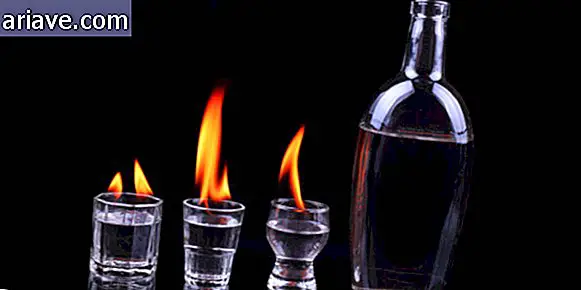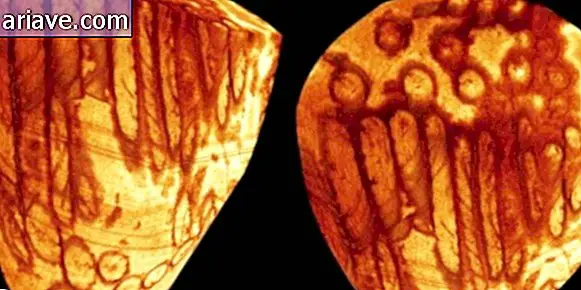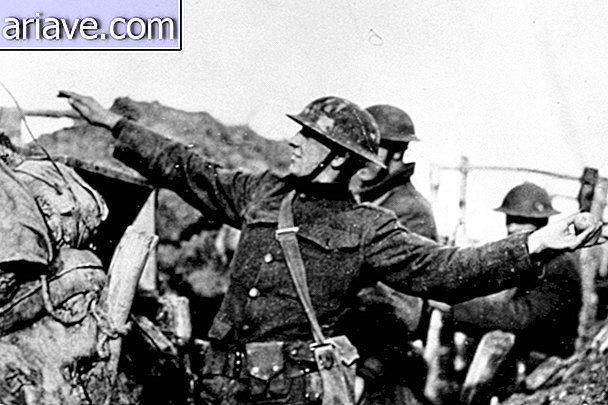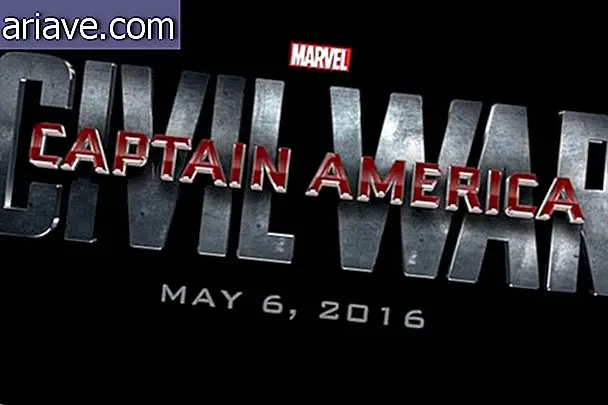The biggest references of British fashion
In her diamond jubilee, Queen Elizabeth celebrates her position as one of the most important women of today and is seen as a true icon, but in British lands other icons have also reigned in the country and in the world over these 60 years. Check out the biggest references of English fashion ...
The miniskirt
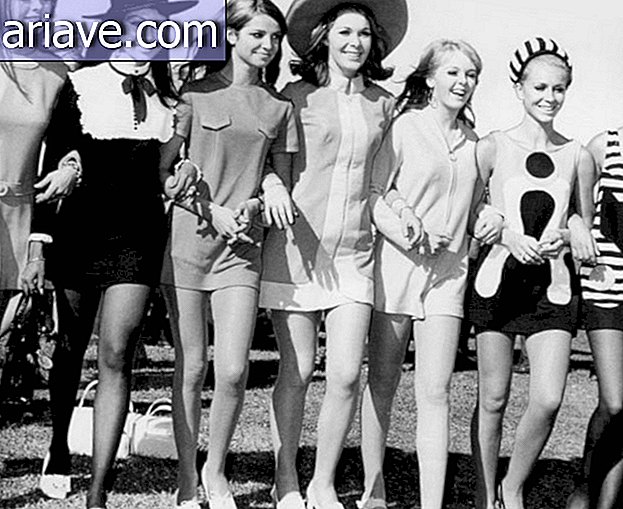
To say that the miniskirt is really a British invention may even be debated, but English Mary Quant is among the designers who can take credit. Although she began work on shorter skirts in the late 1950s, she only succeeded in the mid-1960s, when the English capital was under the full swing of Swinging London. The miniskirt became one of the key features of the decade, meaning youth, rebellion, freedom and fun.
James Bond

Writer Ian Fleming created the nice spy in 1953, but 007 only became a reference in men's tailoring in 1962, when the first movie in the series - Dr. No - was released with Scottish actor Sean Connery as Bond. With his sophisticated taste in drinks, perfect weapon skills and absolute success with women, the Secret Agent was an immediate hit. But would he have attracted so much attention if he had done all this without being flawless in a series of super-cut suits?
The Kate Moss Phenomenon The 90's Image

Source: Reproduction / farfetch.com.br
In 1990, the late Corinne Day went to Camber Sand to photograph young Kate Moss for the cover of fashion magazine The Face, which no longer exists. The photos of Kate wearing a feathered headdress on her head became world famous and led to British Vogue hiring former model Day to make new photos of Moss. In this session Moss appeared natural, without makeup, wide-eyed, wearing panties and relaxing in his London flat. The photos turned out to be even more impressive and surprising than the first and would become the defining aesthetic of the decade. Even though the look eventually evolved into something that was dubbed the “chic heroine, ” those early photos were important for how they challenged the idea of beauty, showing Moss as ethereal and unpretentious, yet both modern and urban.
The Mods

Mod was not a way of dressing, but a way of life - one of the most important subcultures of the late 1960s, young people who liked to drive scooters, listen to British beat music, make noise and spend the night dancing full of amphetamines. . As anyone who has seen the English movie Quadrophenia knows, they are also very well dressed - the mods were careful with their beautiful suits, Chelsea boots and large parkas.
Cecil Beaton

Source: Reproduction / farfetch.com.br
In many ways, Beaton was a major influence on British fashion in the first half of the 20th century. By shooting for big names like Vogue he immortalized the most dazzling of fashion society, from silk party dresses to casual dresses at their most fascinating angle. As a costume designer, he created the iconic black and white equestrian costume in My Fair Lady (as well as the entire costume of the movie), and as an extremely elegant chronicler he persuades by example, always impeccable in a suit complete with unusual details and most luxurious accessories.
Punk

Punk was a progressive movement that rejected materialism, hated capitalism and generally anti-institutionalist, but whether it liked it or was not significantly connected to fashion. No doubt it was a movement that drew inspiration from things that were taboos like bondage clothing and S&M. Punk clothing had pins, studs, leather, razors, as well as plaid and heavy, worn fabrics. The patrons of this subculture were members of the English band The Sex Pistols who always looked shaggy wearing Vivienne Westwood clothes, who would later ironically become one of England's most esteemed fashion designers.
The Trench Coat

Two British brands share credit for this iconic apparel - Burberry and Aquascutum claim the origin. After being created by both in the nineteenth century, the name of the coat appeared in World War II, when officers wore them in the trenches for durability and impermeability. It was later adopted by Hollywood stars such as Humphrey Bogart and Lauren Bacall and the cut and silhouette were adapted to reflect the new fashion status. It was a clever idea that made the trench a classic, remembered season after season.
The Beatles

Liverpool band The Beatles not only changed the song with their first hits such as "She Loves You" and "I Want To Hold Your Hand" but also changed the fashion. Youthquake protagonists of the mid-1960s popularized the mop top cut, which was the group's first haircut by one of its members' German girlfriend Stuart Sutcliffe when they lived in Hamburg in 1962. Another key component of the The group's image was the suit, fitted and sometimes collarless with a turtleneck shirt, was a completely modern way of dressing at the time and showed the slim young physique. This in addition to the innovative pop songs led to the cultural phenomenon that was Beatlemania.
Ossie clark

One of the most celebrated designers of the 1970s, Clark made hippie-style dresses along with amazing tailoring and was often described by colleagues and critics as a master of design and the “King of Kings Road” and his work is a constant reference to the modern brands. Clark often had collections in collaboration with his wife, Celia Birtwell, a textile designer famous for her prints. The two appear together with their cat in a well-known painting by English artist David Hockney named Mr. and Mrs. Clark and Percy, who is now at Tate Britain.
Royalty

Source: Reproduction / farfetch.com.br
Or more specifically, the royal wedding dresses. If the world's enthusiasm for the dress that David and Elizabeth Emanuel made for Princess Diana was misguided (confused with the love of the bride), even the most severe of fashion critics could not pinpoint flaws in the Alexander McQueen creation that Kate Middleton wore to rise. at the altar with Prince William. Tasteful, elegant and timeless, the dress, created by Sarah Burton, who took the lead after McQueen's passing, was a choice for the latest British fashion and sealed Middleton's influence as the great inspiration for tailoring exports. of the country - the fact propelled the English fashion industry by millions of pounds.
Source: Farftech by Hollie Moat

